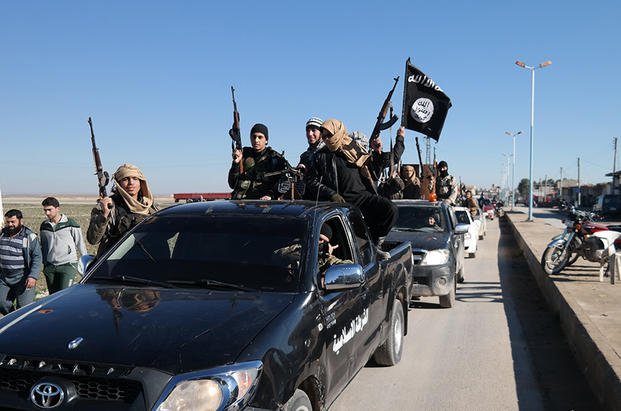A recent report by United Nations experts highlights the escalating and intense threat posed by Islamic State and al-Qaida extremists and their affiliates, with Africa emerging as a primary battleground and Syria increasingly recognized as a strategic base for external operations.
In Africa, particularly West and East Africa, al-Qaida-linked groups like JNIM (Jama’at Nusrat al-Islam wal-Muslimin) and al-Shabab have significantly expanded their territorial control and operational capabilities. These groups demonstrate growing sophistication in their attacks, leveraging drones and improvised explosive devices against well-defended targets.
The continued resilience of these extremist organizations is partly attributed to counterterrorism pressures in the Middle East, which have prompted a shift in focus and tactics. Furthermore, there are mounting concerns regarding foreign terrorist fighters returning to Central Asia and Afghanistan, actively seeking to destabilize regional security.
Beyond Africa, the Islamic State maintains its position as the most substantial terrorism threat to Europe and the Americas. Their radicalization efforts frequently utilize social media and encrypted messaging platforms, with the Afghanistan-based Khorasan group playing a pivotal role in these digital recruitment campaigns.
In the United States, several alleged terrorist attack plots have been linked to IS, often motivated by regional conflicts or direct radicalization. Authorities have successfully disrupted various schemes, including an IS-inspired plot for a mass shooting at a military base, underscoring the persistent domestic global security challenge.
Syria, despite recent political shifts, remains in a highly volatile state, with growing risks from both Islamic State and al-Qaida. UN member states estimate a significant involvement of foreign terrorist fighters in recent military operations, raising alarms about the ideological affiliations and external ambitions of newly appointed military leaders.
The financial strategies of these extremist groups are dynamic and adaptive, varying significantly based on location and their capacity to exploit local resources. While fighter salaries have reportedly been reduced, suggesting financial strain, both al-Qaida and the Islamic State continue to generate income through taxation, kidnapping for ransom, and exploiting businesses.
Money transfers predominantly occur through cash and informal hawala systems. However, the Islamic State has innovated its methods, increasingly employing female couriers and utilizing cloud-stored data within hawala networks to evade detection. They also use ‘safe drop boxes’ where funds are deposited with a password or code for retrieval, enhancing their financial stealth.






Leave a Reply